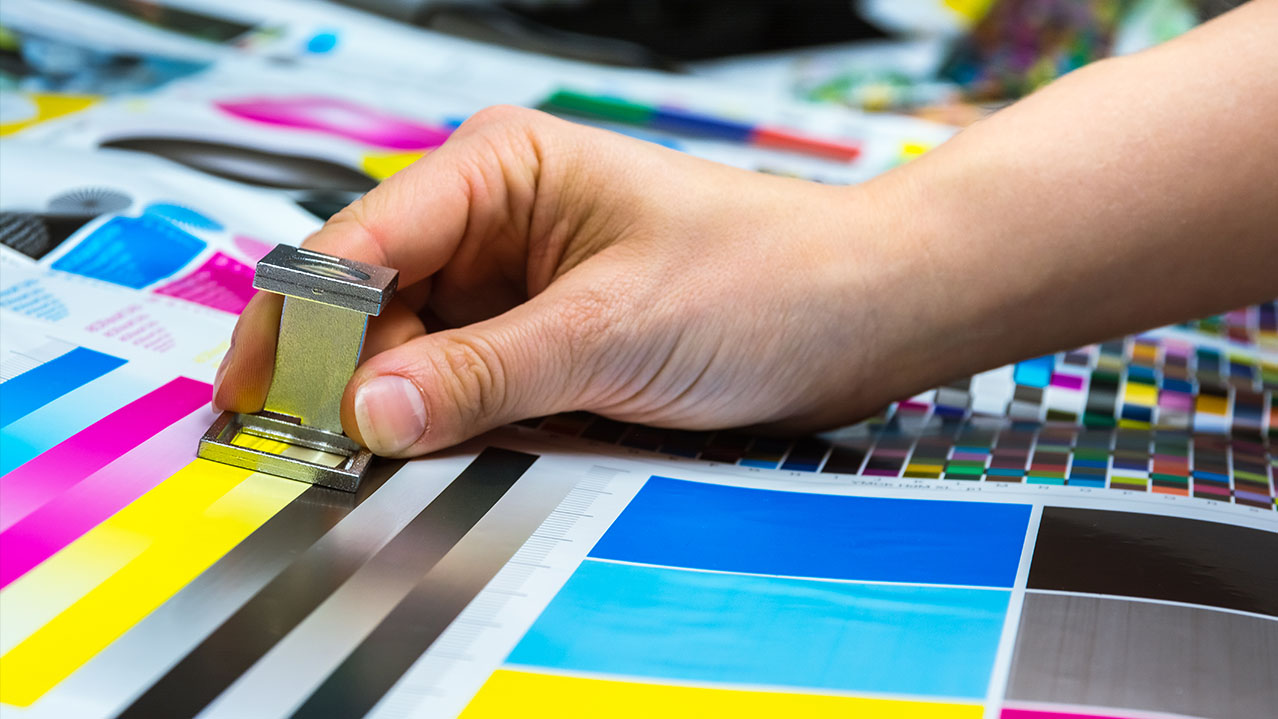A Comprehensive Overview to Comprehending Litho Printing Strategies
The globe of litho printing, a method originating from the late 18th century, is a fascinating mix of background, art, scientific research and advancement. This extensive overview will certainly unravel the intricacies of this printing technique, from the make-up of litho inks to the difficulties faced in contemporary applications. As we venture into the ins and outs of lithography, the relevance of automation and sustainability in ensuring its future importance becomes progressively clear. Remain with us as we trip into the captivating world of litho printing.
The Historical Evolution of Litho Printing
The historic trajectory of litho printing, an essential development in the realm of communication, is an exciting story of human ingenuity. Birthed in the late 18th century by Alois Senefelder, this strategy was originally a cost-effective method of publishing staged jobs. Lithography, derived from the Greek words for 'rock' and 'to create', made use of a smooth stone surface to transfer images onto paper. The process progressed with the development of the rotating press, which substantially raised efficiency (litho printing). In the 20th century, the innovation of offset lithography changed the industry, permitting mass production of high-quality prints. Each stage of litho printing's development showcases mankind's ruthless search of performance and quality in visual interaction.
Decoding the Science Behind Litho Printing Inks
Progressing in the expedition of litho printing methods, the emphasis currently moves to the scientific research behind litho printing inks. The make-up of these inks, their drying process, and color mixing strategies form the foundation of this complicated art form. Recognizing these elements is important to mastering the craft and attaining the preferred print outcomes.
Composition of Litho Inks
In lithographic printing, the basic duty of litho inks can not be overstated. Pigments, the color-providing components, are finely ground fragments suspended in the automobile, a fluid that lugs the pigment onto the printing surface area. Each element plays an important component in the final print's top quality, making the precise formulation of litho inks a detailed scientific research.
Ink Drying Process
From the make-up of litho inks, attention turns to the fascinating process of ink drying out. Two primary techniques are utilized in litho printing: oxidative drying out and absorption. Absorption, on the other hand, includes the ink leaking into the paper fibers, which is a much faster procedure yet can lead to much less dynamic shades.
Color Combining Strategies
While the drying out process plays a crucial function in litho printing, the scientific research of color mixing methods holds equivalent value. The scientific research behind litho printing inks likewise takes right into account the openness of the ink, which impacts exactly how shades overlay and mix.
The Art and Layout Elements in Litho Printing
Litho printing takes a breath life into art Continue and style with its unique components. The procedure entails developing an image on a lithographic limestone plate or metal plate with a smooth surface area. The photo is after that printed onto a medium, normally paper, by transferring the ink from home plate. What sets litho publishing apart is its capacity to replicate elaborate layouts with high integrity, making the output nearly the same to the initial artwork. This is attained through using different line techniques such as hatching, cross-hatching, and stippling, which permit a series of tonal results. Litho printing fits a variety of colors, allowing artists to create vibrant and vivid prints. This combination of precision and adaptability makes litho printing a recommended selection for several musicians and designers.
Modern Applications of Litho Printing Techniques
Litho printing methods have actually found considerable usage in the contemporary commercial field. Its impact and value remain to expand with the introduction of new innovations and modern technologies in the field. This area will certainly check out these contemporary applications and the transformative function they play in the printing industry.
Commercial Litho Printing Uses
Litho printing remains an important component of the industrial sector. High-volume printing tasks, such as the manufacturing of books, papers, and product packaging, count on litho printing for its capacity to deliver premium image quality and expense performance. Litho printing also gives a wide color range, exceptional to that of digital printing.
Developments in Litho Printing
Pressing the limits of conventional techniques, contemporary advancements have fueled a host of developments in litho printing. One noticeable growth is electronic litho printing, which combines the virtues of electronic technology with litho's premium result. These technologies highlight the enduring relevance visit of litho printing in the modern world.
Checking out the Refine of Litho Printing: Step by Step

Difficulties and Solutions in Contemporary Litho Printing

Despite the precision and tradition that litho printing proudly upholds, it is not without its collection of contemporary obstacles. Digital litho printing permits for economical short runs and very easy modification, dealing with the problem of variable information. Thus, while there are difficulties, the litho printing industry is proactively adjusting to satisfy them head-on, ensuring its relevance in the future.
Verdict
In conclusion, litho printing, with its rich background and clinical intricacies, holds a considerable location in the print market. As the guide reveals, it's a synthesis of art and modern technology, with modern improvements ensuring its importance. The industry encounters obstacles that need innovative options, with an emphasis on automation and sustainability. The future of litho printing depends upon its ability Recommended Reading to adjust to these altering needs, verifying its enduring worth in a developing market.
